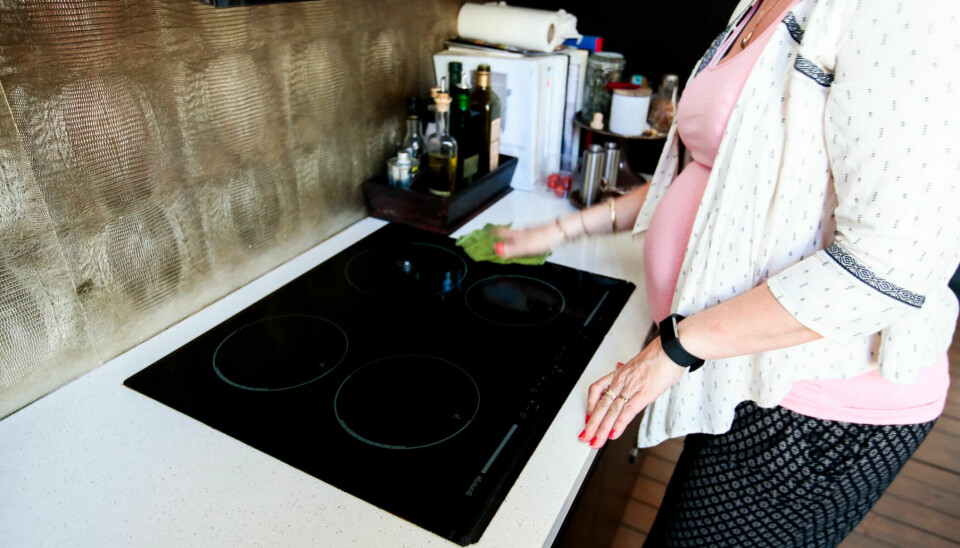
Women and men are not equal at home – but many are still satisfied
Men and women contribute differently at home. Equal couples are more satisfied with the division of labour than less equal ones, but the relationship is not necessarily better.
There is strong support for equality in the workplace and at home in Norway. But despite more equality in the division of labour, there is still a clear difference in what women and men do at home.
Men are largely responsible for maintenance and small repairs in and around the home, and women take a large share of the laundry.
Based on data from the Generations and Gender Survey conducted in December 2020, Statistics Norway has analysed how satisfied Norwegians are with women doing a larger share of the housework than men (link in Norwegian).
Equality increases satisfaction
The more equal the couples were, the more satisfied they are, especially with the division of labour.
Particularly women in more equal relationships were satisfied with the distribution of household tasks.
When it came to the distribution of care for children, there was also a clear correlation between increased equality and increased satisfaction.
On average, 62 per cent were very satisfied with the distribution of household tasks, and 70 per cent were very satisfied with the distribution of care tasks.
Those who do the least are comfortable with unequal distribution
A full 80 per cent of couples are very satisfied with their relationship, so this indicates that many are satisfied, even if the division of labour is unequal. If you look at women and men’s satisfaction, the statistics show that a more equal division of labour has the greatest positive effect on satisfaction with the relationship for women.
The numbers suggest that neither women nor men are super satisfied with taking over tasks traditionally done by their partner.
The women who say they are the least satisfied in their relationship are the ones who do most of the household tasks at home. The men in those relationships are often satisfied in their relationship, probably because many of them do the least, and thus are not so affected by extra work.
Women in relationships where the man builds and repairs are more satisfied with such unequal distribution than men. Among those who say they do an equal share of maintenance, men are most satisfied with that.
Those younger are more equal
The participants in the survey are people aged 18–54 living in a heterosexual relationship.
Household tasks and maintenance are more evenly distributed among younger people.
Especially for maintenance and laundry, the gender difference is greater in the older age groups. It is also much more common for women to cook in the older age groups.
A reason for the higher degree of equality among younger people may be social development and detachment from traditions. Life stages also play a role.
“The mother is more at home with the youngest children, and the father does more when the children are older. Differences between age groups may also be due to a generational effect where the older generations are socialised to a more traditional division of labour compared to the younger ones,” Statistics Norway writes in the analysis.
———
Translated by Alette Bjordal Gjellesvik.
Read the Norwegian version of this article on forskning.no
-----


































